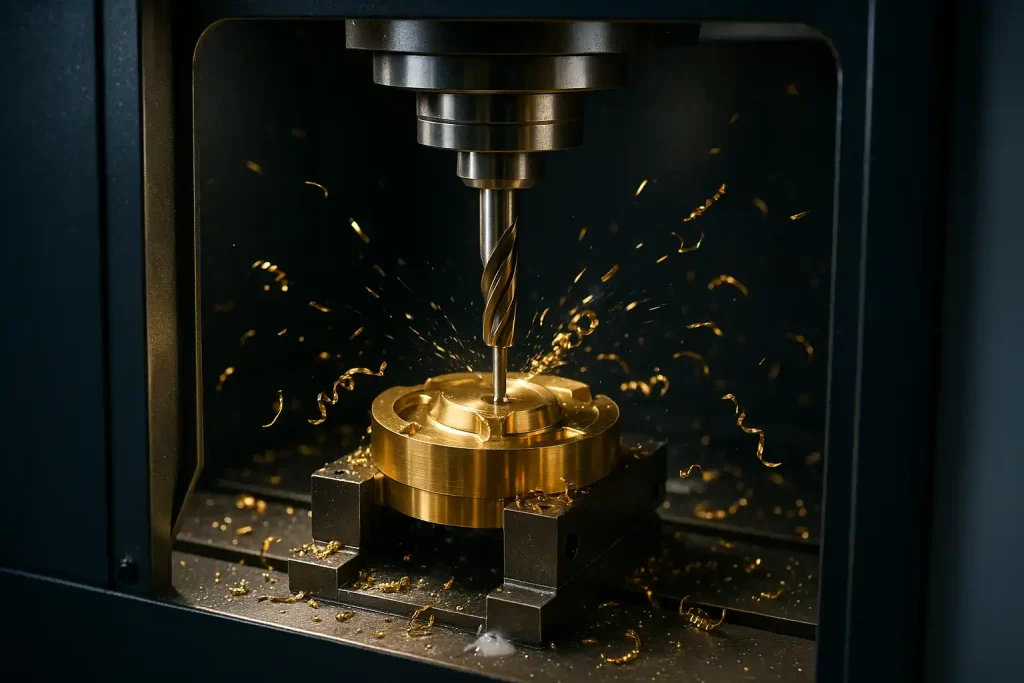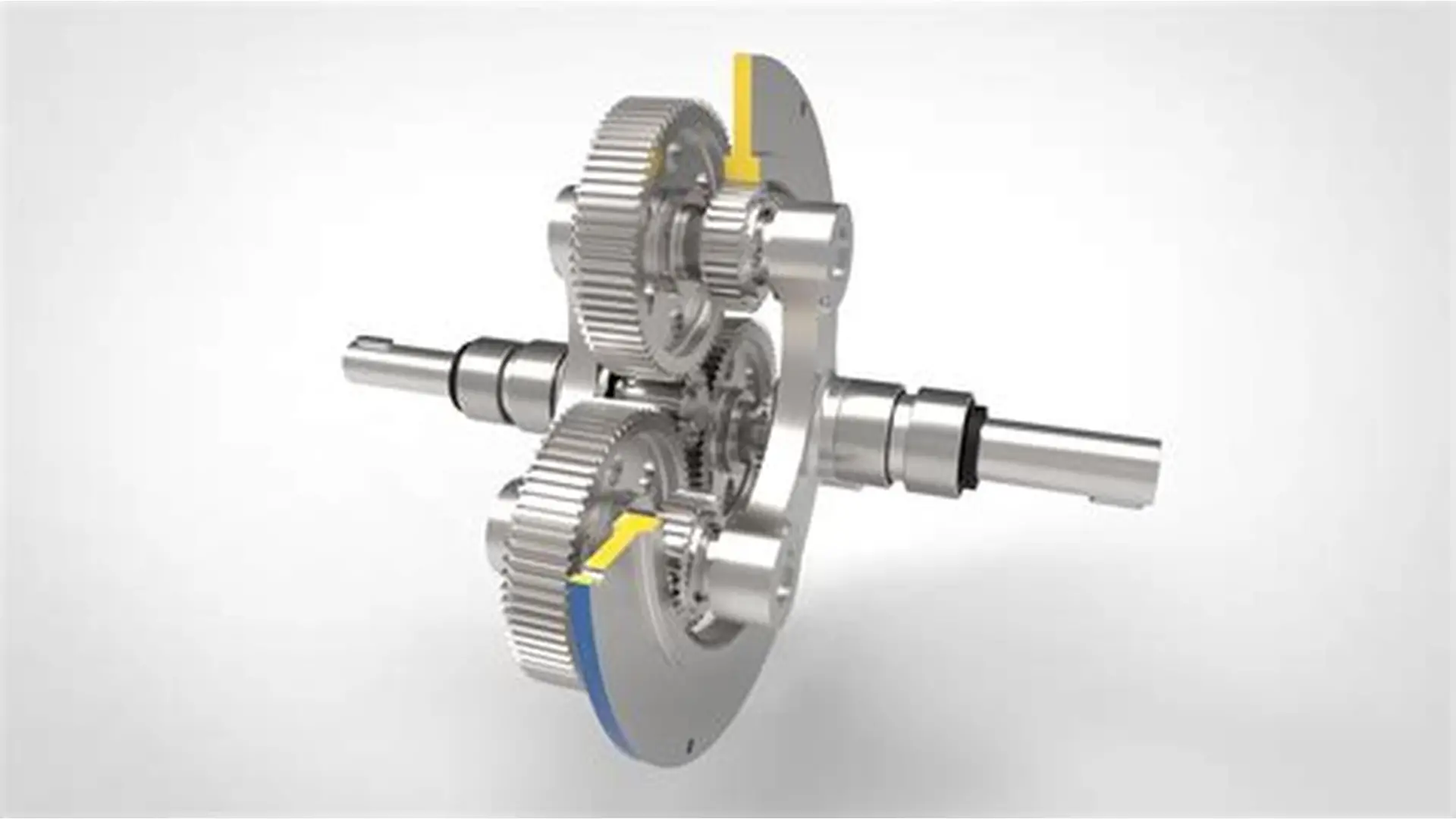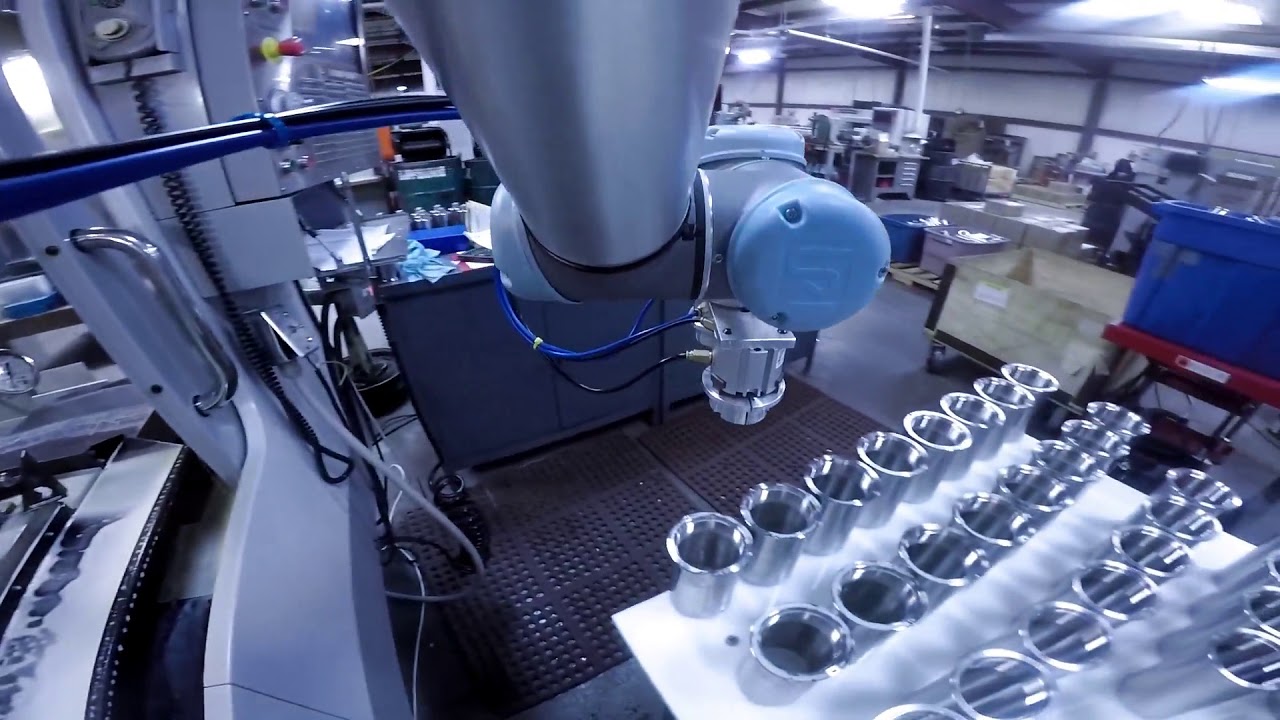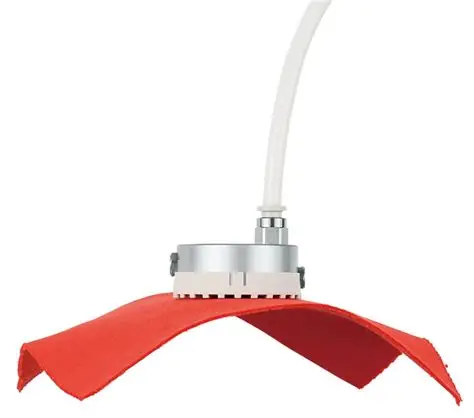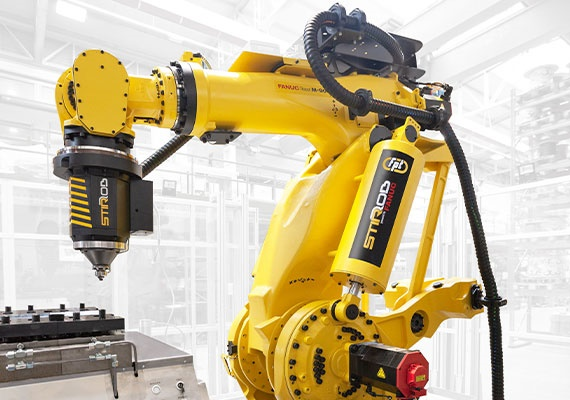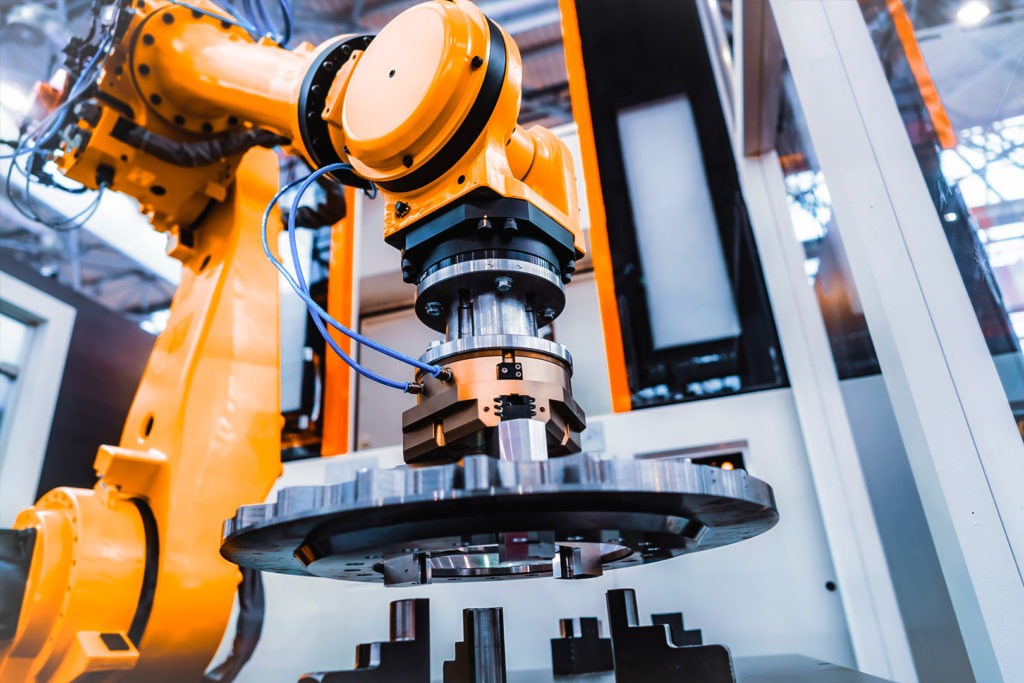The Ultimate Guide to Precision Machining of Brass Components
Introduction: Mastering Brass for Superior CNC Machined Parts
Brass, an exceptional copper-zinc alloy, has remained a cornerstone material in precision CNC machining for decades, offering an ideal balance of machinability, durability, and aesthetic appeal. For engineers and manufacturers seeking reliable components with tight tolerances and excellent mechanical properties, brass continues to be a top choice across industries ranging from plumbing and electrical to aerospace and medical devices.
The precision machining of brass components requires specialized expertise, as its unique material characteristics demand specific tooling approaches, cutting parameters, and finishing techniques to achieve optimal results. This comprehensive guide explores the technical nuances, advanced methodologies, and practical applications of brass CNC machining, providing valuable insights for design engineers, procurement specialists, and manufacturing decision-makers.
At our CNC machining facility, we’ve refined our brass machining processes through years of hands-on experience, combining state-of-the-art equipment with deep material knowledge to deliver components that consistently exceed industry standards. This article will explore the fundamental properties of brass alloys, advanced machining techniques, quality control measures, and real-world applications that demonstrate the full potential of precision-machined brass components.
Understanding Brass Alloys: Material Properties and Selection Criteria
Brass Alloy Composition and Characteristics
Brass alloys vary significantly in their composition, with each variant offering distinct advantages for specific applications. The most commonly machined brass alloys include:
Table 1: Comparison of Common Brass Alloys for Precision Machining
| Alloy Type | Copper Content | Zinc Content | Other Elements | Machinability Rating | Tensile Strength (MPa) | Primary Applications |
|---|---|---|---|---|---|---|
| C36000 (Free-Cutting Brass) | 60.0-63.0% | 35.5% max | Lead: 2.5-3.7% | 100% | 340-500 | Fittings, valves, gears, connectors |
| C26000 (Cartridge Brass) | 68.5-71.5% | Balance | – | 30% | 325-550 | Automotive, electrical components, ammunition cases |
| C28000 (Muntz Metal) | 60.0-63.0% | Balance | – | 40% | 370-520 | Architectural, heat exchangers |
| C46400 (Naval Brass) | 60.0% | 39.2% | Tin: 0.8% | 50% | 380-550 | Marine hardware, propeller shafts |
| C48500 (Leaded Naval Brass) | 60.0% | 37.5% | Lead: 1.5%, Tin: 0.8% | 80% | 400-550 | Gears, bearings, marine components |
The machinability rating is a critical factor in material selection, with C36000 free-cutting brass establishing the benchmark at 100% due to its excellent chip formation and minimal tool wear characteristics. This alloy contains intentionally added lead particles that act as internal lubricants during machining, resulting in superior surface finishes and extended tool life .
Material Properties Impacting Machinability
Several key properties make brass particularly suitable for precision machining:
-
Thermal Conductivity: Brass efficiently dissipates heat generated during machining, reducing thermal distortion and extending tool life. This property allows for higher cutting speeds compared to many other metals.
-
Chip Formation: The relatively low tensile strength and ductility of brass promote the formation of small, broken chips rather than long, continuous ones. This characteristic significantly improves machining efficiency by minimizing chip interference.
-
Work Hardening Tendency: Unlike stainless steels or nickel alloys, brass has minimal work hardening tendencies, allowing for consistent machining characteristics throughout the operation.
-
Surface Finish Capability: Brass machines to excellent surface finishes, often achieving Ra values below 0.4 micrometers with proper tooling and parameters.
Advanced CNC Machining Techniques for Brass Components
Optimized Tooling Strategies
Selecting the appropriate tooling is critical for achieving precision results in brass machining. While brass is generally considered a “friendly” material to machine, optimal tool geometry and material selection significantly impact productivity and part quality.
Tool Geometry Considerations:
-
Rake Angles: Positive rake angles (typically 6°-12°) are preferred for brass machining, as they reduce cutting forces and promote efficient chip evacuation .
-
Clearance Angles: Adequate clearance angles (5°-8°) prevent rubbing and subsequent work hardening of the material.
-
Cutting Edge Preparation: Sharp, honed edges are essential for clean cutting action, while excessive edge preparation can lead to built-up edge and poor surface finish.
Tool Material Selection:
-
Carbide Tools: Preferred for high-volume production runs due to their wear resistance and ability to maintain sharp cutting edges.
-
High-Speed Steel (HSS): Suitable for prototype work or smaller batches where tooling costs are a primary concern.
-
Diamond-Tipped Tools: Used for achieving ultra-fine surface finishes on critical components.
Precision Machining Parameters
Establishing optimal machining parameters requires balancing material removal rates with surface finish requirements and tool life considerations. The following table provides recommended starting parameters for various machining operations:
Table 2: Optimized Machining Parameters for Brass Alloys
| Machining Operation | Cutting Speed (SFM) | Feed Rate (in/rev) | Depth of Cut (in) | Coolant Strategy |
|---|---|---|---|---|
| Rough Turning | 500-800 | 0.008-0.015 | 0.100-0.250 | Compressed Air/Mist |
| Finish Turning | 800-1,200 | 0.003-0.006 | 0.005-0.020 | Compressed Air/Mist |
| Milling | 600-1,000 | 0.002-0.008 per tooth | 0.050-0.150 | Compressed Air |
| Drilling | 200-400 | 0.002-0.006 | – | Compressed Air/Mist |
| Reaming | 50-100 | 0.004-0.008 | 0.005-0.015 | Light Oil |
| Threading | 100-300 | Pitch-dependent | – | Mist Coolant |
These parameters should be adjusted based on specific alloy characteristics, part geometry, and desired surface finish requirements. The relatively high cutting speeds possible with brass contribute to shorter cycle times and improved production efficiency .
Multi-Axis Machining Capabilities
Modern CNC machining centers offer advanced capabilities that are particularly beneficial for complex brass components:
5-Axis Simultaneous Machining:
-
Enables complete machining of complex geometries in a single setup
-
Eliminates cumulative errors associated with multiple fixturing
-
Allows optimal tool orientation for improved surface finish and dimensional accuracy
Multi-Function Machining Centers:
-
Combine milling, turning, and drilling operations in a single machine
-
Reduce handling and setup time for complex brass components
-
Improve positional accuracy between features
Quality Assurance and Metrology for Brass Components
Precision Measurement Techniques
Maintaining tight tolerances on brass components requires sophisticated measurement capabilities:
-
Coordinate Measuring Machines (CMM): Provide comprehensive 3-dimensional measurement of complex geometries with micron-level accuracy. Our facility utilizes CMMs with volumetric accuracy of 0.0003mm for critical dimension verification.
-
Optical Comparators: Enable rapid 2D feature measurement and surface inspection, particularly useful for high-volume production runs.
-
Surface Roughness Analyzers: Quantitatively measure surface finish parameters (Ra, Rz, Rmax) to ensure compliance with specifications.
-
Custom Fixture Design: Specialized fixtures that simulate operating conditions for functional testing of critical components.
Statistical Process Control (SPC)
Implementing SPC methodologies ensures consistent quality throughout production runs:
-
First-Article Inspection: Comprehensive verification of all dimensions on initial parts before full production run.
-
In-Process Controls: Regular measurement of critical dimensions at predetermined intervals during production.
-
Capability Studies (Cp/Cpk): Quantitative assessment of process capability for all controlled dimensions.
-
Full Traceability: Material certifications and process documentation for each production batch.
Industry Applications: Case Studies in Brass Machining Excellence
Case Study 1: High-Precision Brass Valve Components for Aerospace Applications
Challenge: A leading aerospace manufacturer required ultra-precise brass valve components for aircraft fuel systems. The components demanded tolerances of ±0.005mm on critical sealing surfaces and required 100% leak testing under simulated operating conditions.
Solution: Our team implemented a multi-stage machining process utilizing Swiss-type CNC lathes with live tooling capabilities. The process incorporated:
-
Specialized tooling with optimized geometry for brass machining
-
In-process gaging for critical dimensions
-
100% automated leak testing following machining
-
Cleanroom packaging to prevent contamination
Results: The components achieved zero leakage at operating pressures up to 250 psi, with 100% compliance to dimensional specifications. The optimized process reduced machining time by 25% compared to previous methods while improving quality consistency .
Case Study 2: Miniature Brass Connectors for Medical Devices
Challenge: A medical device company needed miniature brass connectors for portable oxygen delivery systems. The components featured micro-scale hydraulic channels with diameters of 0.3mm and required exceptional surface finishes (Ra < 0.2μm) to prevent fluid turbulence and particulate generation.
Solution: We developed a specialized machining approach incorporating:
-
Micro-machining capabilities with high-speed spindles (up to 50,000 RPM)
-
Custom-designed carbide tools with specific geometry for micro-features
-
Advanced coolant delivery systems for precise temperature control
-
Vibration-dampening tool holders to minimize chatter
Results: The connectors met all functional requirements with 99.8% reliability in accelerated life testing. The micro-channels achieved the specified surface finish, and the components passed rigorous cleanliness testing for medical applications .
Case Study 3: Architectural Brass Components with Decorative Finishes
Challenge: A luxury architectural firm required large-scale brass components for high-end retail environments. The components needed both precision functional features and flawless aesthetic surfaces, with specific requirements for post-machining patina development.
Solution: Our comprehensive approach included:
-
Precision machining with special attention to tool path strategies for optimal surface finish
-
Implementation of single-setup machining to avoid markings from multiple fixturing
-
Development of specialized chemical treatment processes to achieve consistent patina
-
Custom packaging solutions to protect finished surfaces during shipping
Results: The components received unanimous approval for both dimensional accuracy and aesthetic quality. The project established a new benchmark for architectural brass components, leading to ongoing partnerships for similar high-profile projects.
Design for Manufacturing: Optimizing Brass Components for CNC Machining
DFM Guidelines for Brass Components
Implementing Design for Manufacturing (DFM) principles early in the design process significantly enhances producibility and reduces costs . Key considerations for brass components include:
-
Wall Thickness: Maintain uniform wall thickness wherever possible, with minimum practical thickness of 0.5mm for standard components and 0.3mm for micro-scale features.
-
Internal Radii: Specify appropriate radii (minimum 0.5mm) on internal corners to facilitate tool access and reduce stress concentration.
-
Feature Accessibility: Design features to be accessible with standard cutting tools, avoiding deep cavities that require special tooling.
-
Tolerance Optimization: Apply tight tolerances only where functionally necessary, as excessively tight tolerances significantly increase machining time and cost.
Cost Optimization Strategies
Several strategies can optimize the manufacturing cost of precision brass components:
-
Standardize Tooling: Where possible, design features to be machined with standard tool sizes to minimize setup changes and special tooling requirements.
-
Batch Processing: Group similar components for production efficiency when volume justifies this approach.
-
Material Utilization: Optimize blank sizes and nesting to minimize material waste, particularly important with fluctuating brass prices.
-
Process Sequencing: Combine operations using multi-axis capabilities to reduce handling and fixturing requirements.
Technical Comparison: Brass vs. Alternative Materials
Brass vs. Aluminum for Precision Components
While aluminum offers advantages in weight-sensitive applications, brass provides superior characteristics for many applications:
-
Machinability: Brass typically machines 2-3 times faster than aluminum alloys, with better chip control and superior surface finishes.
-
Corrosion Resistance: Brass offers excellent resistance to various corrosive environments, particularly in marine and plumbing applications.
-
Aesthetic Qualities: Brass provides a distinctive appearance that ages gracefully, making it ideal for architectural and decorative applications.
-
Thermal Conductivity: While aluminum has higher thermal conductivity, brass offers a favorable balance between thermal and mechanical properties.
Brass vs. Plastics for Mechanical Components
For applications requiring metallic properties, brass offers significant advantages over engineering plastics:
-
Dimensional Stability: Brass maintains dimensional stability across a wide temperature range, unlike plastics which expand and contract significantly with temperature changes.
-
Creep Resistance: Brass demonstrates minimal creep under continuous load, unlike many plastics which deform over time.
-
Thread Strength: Brass threads offer superior strength and durability compared to plastic equivalents.
Future Trends in Brass Machining Technology
Advanced Manufacturing Technologies
The precision machining of brass components continues to evolve with emerging technologies:
-
AI-Driven Optimization: Machine learning algorithms that dynamically adjust machining parameters based on real-time sensor data, optimizing tool life and surface finish.
-
Hybrid Manufacturing: Combining additive and subtractive processes to create complex brass components with integrated features that would be impossible with either approach alone.
-
Digital Twin Technology: Virtual modeling of the machining process to predict outcomes and optimize parameters before physical machining begins.
Sustainability Initiatives
The brass machining industry is increasingly focused on sustainable practices:
-
Material Recycling: Implementation of closed-loop recycling systems for brass chips and turnings, significantly reducing material waste.
-
Energy-Efficient Machining: Optimization of machining parameters to minimize energy consumption while maintaining productivity.
-
Alternative Coolant Systems: Development of environmentally friendly coolant and lubrication systems that maintain performance while reducing environmental impact.
Conclusion: Partnering for Precision Brass Machining Success
Precision machining of brass components represents a specialized segment of manufacturing that demands both technical expertise and practical experience. The unique properties of brass alloys offer distinct advantages for applications requiring excellent machinability, corrosion resistance, and aesthetic appeal, but realizing these advantages requires careful attention to material selection, tooling strategies, and machining parameters.
At our manufacturing facility, we’ve combined advanced CNC technology with deep material knowledge to establish ourselves as leaders in brass component machining. Our comprehensive approach addresses every aspect of the manufacturing process, from initial design consultation through final inspection and delivery.
The case studies presented demonstrate the real-world application of our capabilities across diverse industries, highlighting our ability to solve complex manufacturing challenges while maintaining the highest quality standards. As manufacturing technology continues to evolve, we remain committed to investing in advanced equipment and methodologies that enhance our brass machining capabilities.
For your next brass component project, partner with a manufacturer that understands both the technical complexities and practical considerations of working with this versatile material. Contact us today to discuss how our precision brass machining capabilities can address your specific application requirements.

